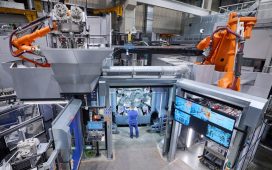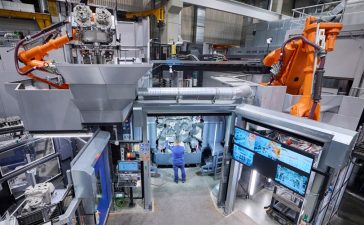At least 20 Tesla vehicles with Autopilot engaged were involved in crashes since the company issued a voluntary recall for the advanced driver-assist system last December, the National Highway Traffic Safety Administration revealed in a new filing this week.
In its request for information, NHTSA said a preliminary analysis identified at least 20 crashes in Tesla vehicles equipped with the updated version of Autopilot. Of those crashes, nine involved Teslas striking other vehicles or people in their path — “frontal plane” crashes, in the agency’s parlance. These crashes seem to imply that Tesla’s camera-based vision system is inadequate at detecting some objects in front of the vehicle when Autopilot is engaged.
Of those crashes, nine involved Teslas striking other vehicles or people in their path
NHTSA is requesting Tesla provide data that will allow its investigators to compare vehicle performance in these types of crashes before and after the recall, including the number of “Hands-on-Wheel” warnings issued to drivers. Last month, NHTSA criticized Tesla’s “weak driver engagement system with Autopilot’s permissive operating capabilities.”
Other details sought by NHTSA include explanations for Tesla’s one-week suspension policy for misuse of Autopilot, driver monitor warnings, driver facing alerts, and the single pull versus double pull of the driver stalk to activate Autopilot. NHTSA is also seeking “Tesla’s use of human factor science in its design,” including the number of employees it has dedicated to these designs.
NHTSA also wants Tesla to provide information about how it collects telemetry data in response to crashes that occur when the vehicle has Autopilot or Full Self-Driving engaged. And it wants more details about how the company uses its in-cabin camera to monitor driver attention.
The agency concludes the letter by noting that failure to respond to its request for information would put Tesla at risk of incurring fines of up to $135 million. The company has until July 1st, 2024, to respond.











